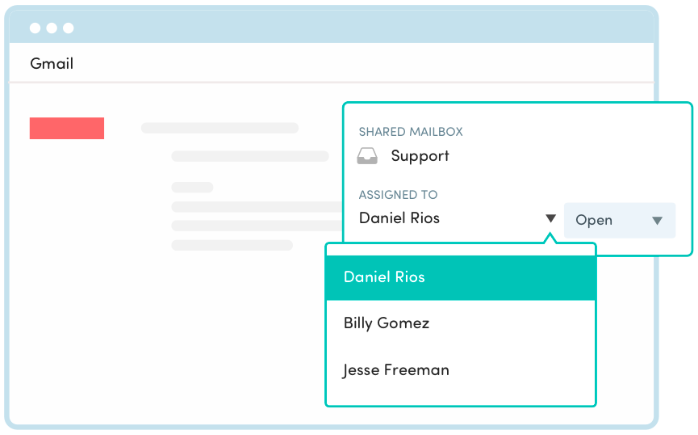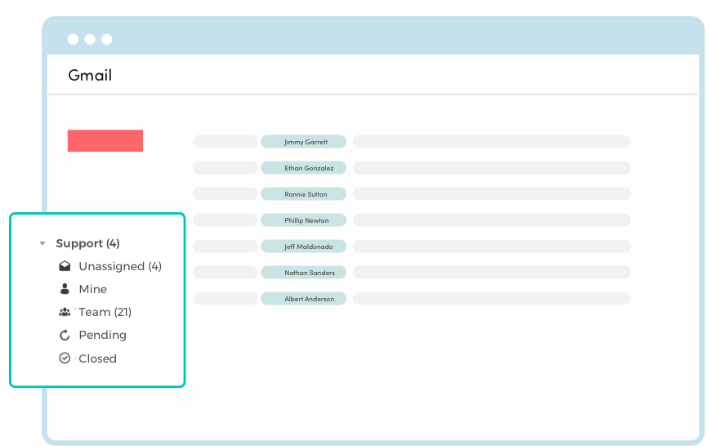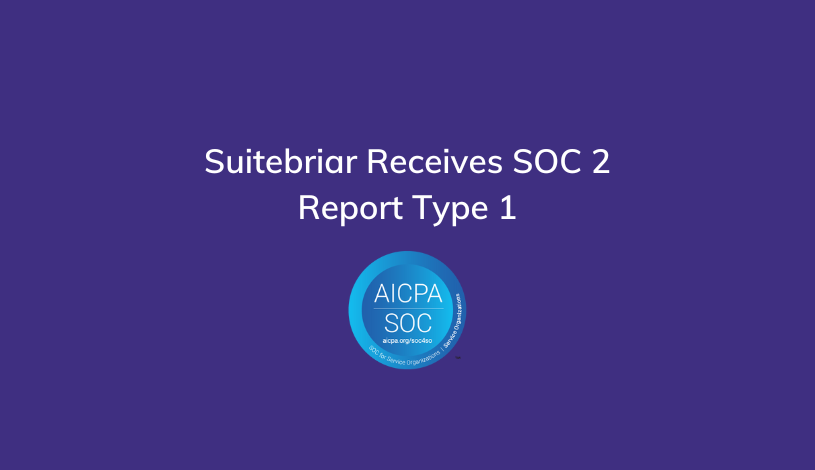5 Ground Rules for Managing Shared Inboxes
The content below is a guest post from our partner Hiver and the original content can be found here.
It’s no secret that teamwork is an important ingredient behind all successful companies.
Whether it’s a project, a marketing campaign, or managing shared inboxes like info@ or support@ — you’d want your teams to collaborate without difficulties.
But, shared inboxes are a perfect recipe for confusion.
There are too many emails being forwarded around. Users are not always sure which emails they’re responsible for. There are times when two people end up working on the same email.
Can we solve this problem? Oh yes.
How? By managing shared inboxes better.
The first step is to get the right tool for your team. Something that’s easy to use, and does not take users to an unfamiliar interface.
Then, establish ground rules for managing shared inboxes — let’s take a look at them.
1. Do away with forwarding
The most common way of assigning emails to users is forwarding. The first problem is that it clogs up everyone’s inboxes.
And then: given that most of us restrict email notifications to some extent, forwarding is not the best way to make someone responsible for an email.
Ideally, you’d want to be able to assign emails to your team without having to forward them.
Hiver lets you do just that. You can assign every email to an individual in just two clicks from Gmail.

2. Give every email a clear owner
Shared responsibility often gives rise to diminished ownership.
In other words: when a lot of people are responsible for the same thing or when they are a part of a group, nobody feels compelled to save the ship from sinking.
Within a shared inbox, you’d want every email to be assigned specifically to an individual. That way, you never miss an email, and everyone on your team is always on the same page.
With Hiver, you’ll be able to shift the accountability from the team at large to specific individuals. Every email has a clear owner; besides, re-assigning responsibility is easy.
3. Make status tracking hassle-free
If you are responsible for managing a team that works with shared inboxes, you should be aware of how many emails have been assigned, how many need to be assigned, how many are work-in-progress, how many have been resolved, etc.
Managers need to be empowered with clear and incontrovertible audit trails. “I assigned this email to you 2 hours ago and you have still not replied. What happened”?
Google does not help you track email statuses with precision. Say an email arrives and an agent replies to it from their personal inbox. Unless he/she has Cc’d the group email address in the reply, the rest of the team would not know about the reply.
With Hiver, you’ll track tasks without breaking a sweat. Your team will be able to mark emails as open, pending, or closed.

4. Make teamwork truly easy
Be it support or sales, your teammates will always have to work together to solve customer problems or discuss prospects.
When someone wants to discuss an email with a teammate, they have a general tendency to use Hangouts or Slack. A lot of time goes in telling the teammate which email they are talking about and what’s the problem at hand.
Multiply that by tens or hundreds of emails a day and you’re looking at a lot of time wasted in discussing emails.
You’d want to make it easy for teammates to work together with each other.
With Hiver, your teams can use Notes for internal discussions.
Notes are chat messages that appear right next to the email thread that you’re discussing — you do not have to waste time building context.
5. Drive performance with data
Your team’s overall performance depends on the responsiveness with which emails are handled (time to first response), how long it takes to handle an email, and of course, how many emails are disposed of every day.
Such data is useful to identify training needs for specific team members, as well as to manage individual performances.
But G Suite only provides information on how many emails are sent/received by the group — while with Hiver, you can easily get data for the above metrics.
You can figure out who needs training or maybe a one-on-one pep talk. Just as easily, you can find out who has been doing consistently well and is perhaps ready for that promotion.
Want to see all of this come true? Hiver offers a 14-day free trial. You don’t even need your credit card. Try it out.






